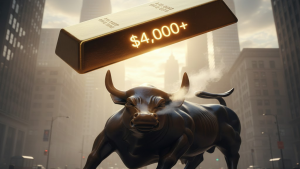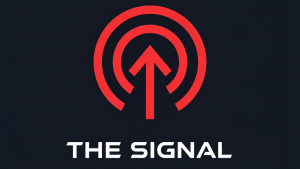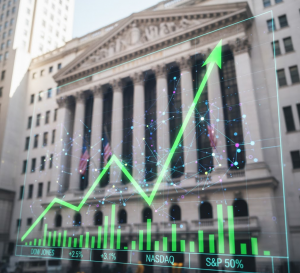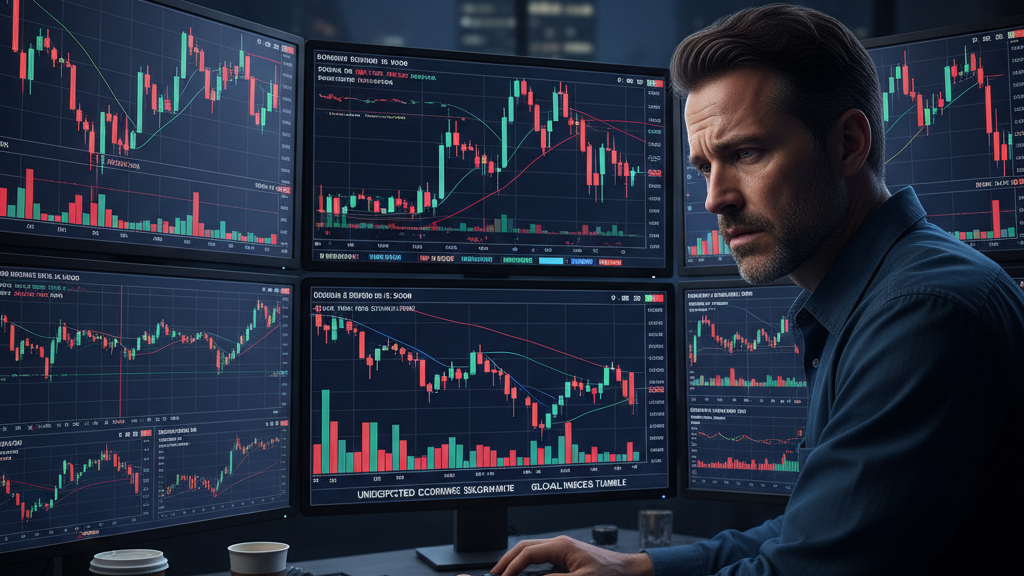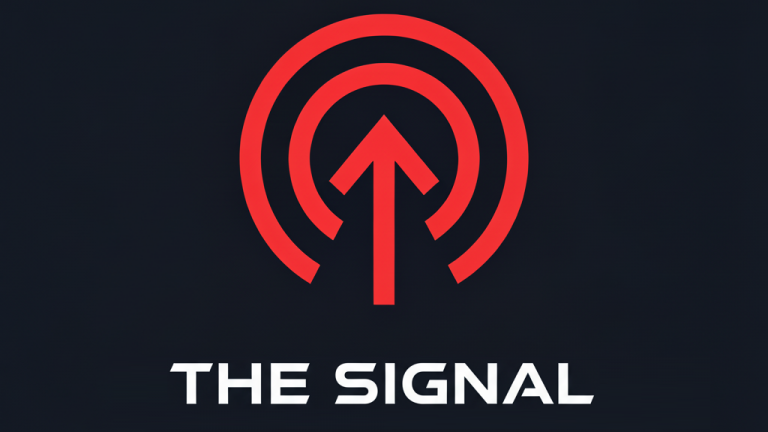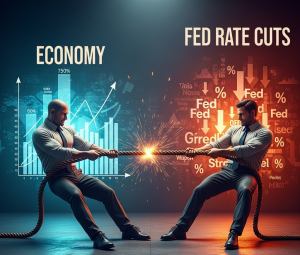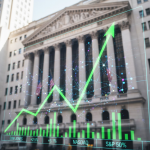Summary (TL;DR)
For investors, the key takeaway from today’s trading is that a surprisingly strong economy is paradoxically “Good News” spooking the stock market. Robust economic data released this morning has investors worried that the Federal Reserve will have less reason to cut interest rates as aggressively as previously hoped. This concern overshadowed the positive economic news, leading to the third consecutive day of losses for major U.S. stock indices and signaling that the market’s near-term direction is tightly linked to expectations of the Fed’s next move.
What Happened?
U.S. stock markets ended the day in the red, with the Dow Jones Industrial Average, S&P 500, and Nasdaq Composite all posting losses. The primary catalyst for the downturn was a set of economic reports that painted a picture of a healthier-than-expected U.S. economy. The Commerce Department revised its second-quarter Gross Domestic Product (GDP) growth estimate upwards to a robust 3.8%. In a separate report, the Labor Department announced that weekly jobless claims fell to 218,000, suggesting a resilient labor market.
While positive on the surface, this “good news” was interpreted as “bad news” by a market that has been banking on a cooling economy to justify further interest rate cuts by the Federal Reserve. The 10-year Treasury yield, a key benchmark for borrowing costs, rose on the news, reflecting the market’s recalibration of interest rate expectations.
In company-specific news, used car retailer CarMax saw its stock plummet after reporting quarterly earnings and revenue that fell short of analyst expectations, citing a challenging sales environment.
Why It Matters?
Coming into this week, investors were hopeful that signs of a slowing economy would encourage the Federal Reserve to continue its recent trend of cutting interest rates to stimulate growth. Lower interest rates generally make it cheaper for companies to borrow and invest, which can boost stock prices.8
Today’s strong economic data challenges that narrative. A robust economy may convince the Federal Reserve that fewer, if any, additional rate cuts are needed. This potential shift in the Fed’s stance is significant because the market’s recent record highs have been partly fueled by the anticipation of more accommodative monetary policy. The concern now is that with less support from the central bank, the stock market may have a harder time sustaining its upward momentum.
The Debate (The Bull vs. Bear Case)

The Bull Case (The Optimistic View): On one hand, some market strategists believe that the market’s underlying strength will prevail. Mary Ann Bartels, chief investment strategist at Sanctuary Wealth, suggested that while a near-term pullback of 5-10% is possible due to the market being “extremely overbought,” she still foresees the S&P 500 reaching 7,000 by the end of the year. This optimistic view is supported by strong corporate earnings, particularly in the technology sector, and the idea that a strong economy is ultimately a long-term positive for companies. Bulls also point to the broadening of the market rally, with small-cap stocks beginning to participate, as a sign of healthy investor confidence.

The Bear Case (The Cautious View): On the other hand, cautious voices are concerned that the market has become too dependent on the prospect of Fed rate cuts. Bob Savage, head of markets macro strategy at Bank of New York Mellon, articulated this concern, stating, “when you have GDP at 3.8% in the second quarter, and jobless claims below 250,000, it’s really hard to believe the Fed is going to deliver more than three or four cuts.” This sentiment implies that stock valuations may be too high if the expected level of monetary stimulus does not materialize. Bears also point to potential headwinds such as a possible U.S. government shutdown, which could introduce further volatility into the market.
By the Numbers (Key Data & Metrics)
- Dow Jones Industrial Average (DJIA): Closed at 45,963.27, down 158.01 points (-0.34%).
- S&P 500: Closed at 6,607.92, down 30.05 points (-0.45%).
- Nasdaq Composite: Closed at 24,404.61, down 98.96 points (-0.40%).
- 10-Year Treasury Yield: Rose to approximately 4.19%, an increase of about 0.031 percentage points. (This indicates that investors are demanding a higher return on government bonds, often a sign of shifting expectations for interest rates and inflation).
- CBOE Volatility Index (VIX): Stood at 16.90.
(Often called the “fear gauge,” a higher VIX suggests increased market volatility and investor uncertainty). - CarMax (KMX) Stock: Plunged significantly after reporting Q2 earnings per share of $0.64, well below the consensus estimate of $1.04, and revenue of $6.59 billion, missing the expected $7.04 billion.
Disclaimer: This article is for informational purposes only and does not constitute financial, investment, or legal advice. The information provided is a synthesis of publicly available data and expert analysis and should not be considered a recommendation to buy or sell any security. Investing in the stock market involves risk, including the possible loss of principal. Past performance is not indicative of future results.19 Readers should consult with a qualified financial advisor to determine an investment strategy that is suitable for their own personal financial situation and risk tolerance.
